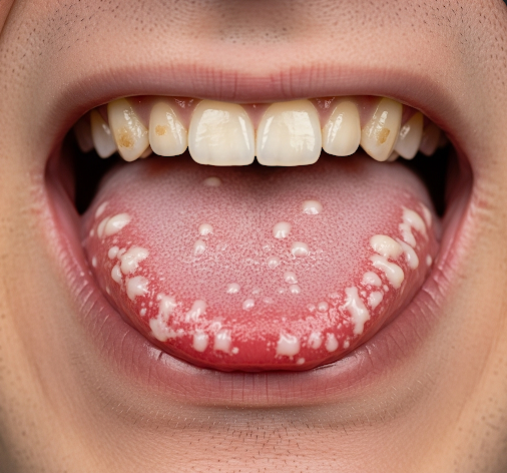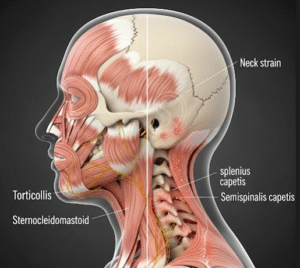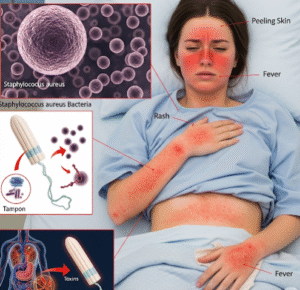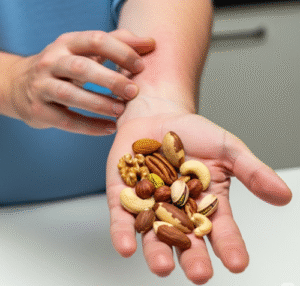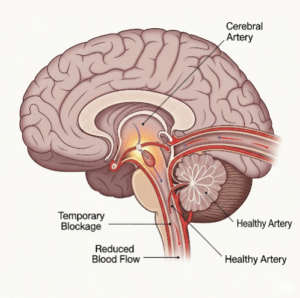Overview
Thrush in males, medically known as male candidiasis, is a fungal infection primarily caused by Candida species, most commonly Candida albicans. While thrush is often associated with women, men can also develop the infection, particularly in the genital area, mouth, or skin folds. The condition leads to discomfort, itching, redness, and sometimes white patches on the affected area. In South Korea, healthcare providers offer advanced diagnostic methods, antifungal treatments, and preventive education to manage male thrush effectively and prevent recurrence.
What is Thrush (in Males)?
Thrush in males occurs when the naturally occurring Candida fungi overgrow, often due to an imbalance in the local environment or immune suppression. The infection commonly affects the penis (balanitis), oral cavity, or other moist areas of the body. Male thrush can be acute or chronic and may lead to inflammation, irritation, and secondary bacterial infections if left untreated. South Korean clinics employ a combination of clinical examination, laboratory testing, and patient education to ensure effective management and rapid recovery.
Symptoms
Symptoms of thrush in males vary depending on the location and severity of the infection:
Genital thrush:
- Redness and inflammation of the penis, especially the glans and foreskin
- Itching or burning sensation, worsened after urination
- White, clumpy discharge under the foreskin
- Pain or discomfort during sexual activity
- Foul odor in severe cases
Oral thrush:
- White, creamy patches on the tongue, inner cheeks, or roof of the mouth
- Soreness or a burning sensation in the mouth
- Difficulty swallowing or tasting
- Cracking at the corners of the mouth (angular cheilitis)
Skin thrush (other areas):
- Red, itchy rashes in skin folds, such as underarms, groin, or under the abdomen
- Scaling or slight discharge in severe infections
Early recognition of these symptoms allows Korean healthcare providers to initiate prompt treatment and prevent complications.
Causes
Thrush in males is caused by overgrowth of Candida fungi, which are normally present in small amounts on the skin and mucous membranes. Contributing factors include:
- Antibiotic use, which can disrupt normal microbial balance
- Diabetes or high blood sugar levels
- Immunosuppression due to illness, medications, or chemotherapy
- Poor hygiene or prolonged moisture in genital or skin folds
- Uncircumcised penis, which can trap moisture under the foreskin
- Sexual contact with an infected partner
- Hormonal imbalances or stress
Korean physicians evaluate underlying causes to provide targeted treatment and reduce the risk of recurrence.
Risk Factors
Certain factors increase the likelihood of male thrush:
- Diabetes mellitus and poorly controlled blood sugar
- Weak immune system due to HIV, cancer treatment, or immunosuppressive drugs
- Recent antibiotic or corticosteroid therapy
- Unprotected sexual activity with an infected partner
- Poor personal hygiene, especially in warm and moist areas
- Obesity, leading to skin folds prone to fungal growth
Recognizing these risk factors in South Korea allows clinicians to implement both preventive and therapeutic measures effectively.
Complications
If untreated, male thrush can result in several complications:
- Painful and persistent inflammation in the genital area
- Recurrent infections affecting daily comfort and sexual activity
- Secondary bacterial infections due to scratching or skin breakdown
- Spread of infection to the urinary tract or bloodstream in immunocompromised patients
- Emotional distress or anxiety related to chronic symptoms and social embarrassment
Korean healthcare facilities address these complications through comprehensive treatment and patient education programs.
Prevention
Preventive measures are critical to avoid thrush recurrence:
- Hygiene: Regular washing and thorough drying of genital and skin areas
- Clothing: Wearing breathable, cotton underwear to reduce moisture
- Blood sugar control: Especially important for diabetic patients
- Antibiotic stewardship: Avoid unnecessary prolonged antibiotic use
- Safe sexual practices: Using condoms and maintaining hygiene during sexual activity
- Healthy lifestyle: Balanced diet, exercise, and adequate sleep to support immunity
- Prompt treatment: Seeking early medical care if symptoms appear
In South Korea, public health initiatives provide education on hygiene, sexual health, and early recognition of fungal infections.
Treatment Options in Korea
Treatment of male thrush in South Korea involves antifungal therapy, supportive care, and preventive strategies:
Diagnosis:
- Clinical examination of affected areas
- Microscopic examination or fungal culture to confirm Candida species
- Blood tests in recurrent or severe cases to assess immune function or diabetes
Medical Treatments:
- Topical antifungal creams or ointments: Clotrimazole, miconazole, or ketoconazole for localized infections
- Oral antifungal medications: Fluconazole or itraconazole for severe or widespread infections
- Treatment of underlying conditions: Managing diabetes, immune deficiencies, or other contributing factors
Supportive Care:
- Maintaining dryness and cleanliness of affected areas
- Avoiding sexual activity until infection resolves
- Wearing loose, breathable clothing to reduce moisture and friction
Follow-up and Prevention:
- Monitoring for recurrence and treating promptly if symptoms return
- Educating patients on hygiene, sexual practices, and lifestyle modifications
- Regular health checkups for diabetic or immunocompromised patients
Korean healthcare providers combine effective antifungal therapy, patient education, and preventive guidance to ensure rapid recovery, minimize recurrence, and maintain overall genital and oral health.

